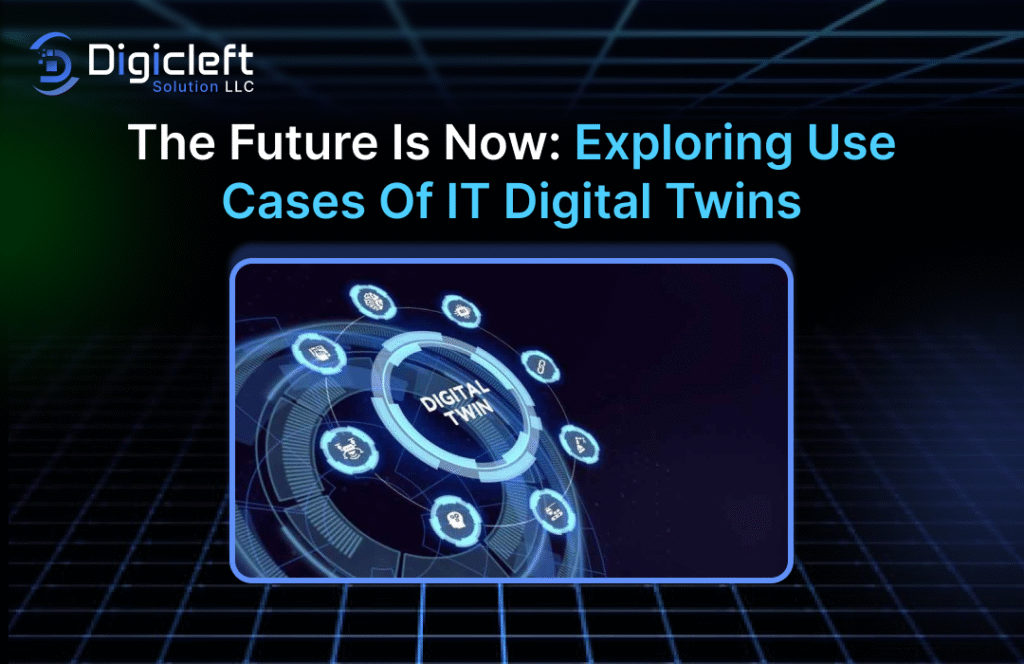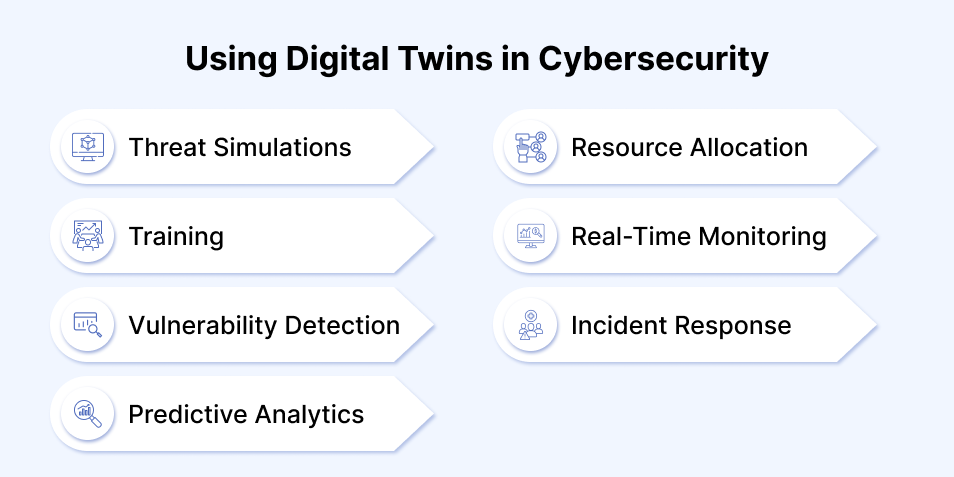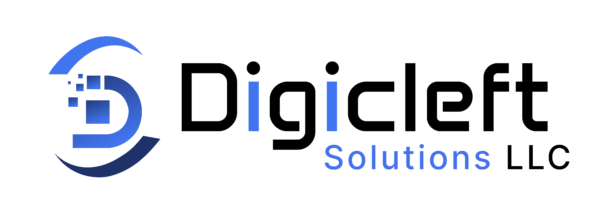
Not long ago, digital twins sounded like something out of a sci-fi novel. But here we are — in the thick of a tech era where the line between physical and virtual is getting incredibly thin. If you work in IT or manage digital systems, you might have noticed something. Infrastructure is becoming smarter. It is also becoming more predictable. It is also becoming less chaotic, thanks to it.
What’s a Digital Twin?
Let’s break it down. A digital twin is a living, breathing virtual replica of your real-world IT environment. We’re not talking about a simple simulation or mock-up. This is a real-time model that changes with your systems. It syncs with data, responds to changes, and helps you see the big picture more clearly.
Picture your entire network — cloud servers, on-prem hardware, dependencies, applications — all mirrored into a digital model. Now imagine being able to test changes, predict problems, and visualize outcomes before they impact your users. That’s the power digital twins bring to the table.
How Digital Twins Are Changing Day-to-Day IT
What’s fascinating is how quietly digital twins are reshaping everyday IT work. They’re not flashy or loud. They just work — behind the scenes — making things smoother, more stable, and frankly, less stressful.
Take infrastructure monitoring, for example. Instead of just watching dashboards and hoping for the best, you can use a digital twin. It will alert you to potential issues before they become real problems. It’s not reactive — it’s proactive.
It can help you avoid the common worry that comes after making updates or changes. Imagine launching new code in a live version of your environment. You can see how it works and make changes there. This way, you won’t go into production without knowing what to expect. That kind of visibility gives DevOps teams a lot more breathing room.
Planning, Testing, and Migrating Without the Risk
Ever had to plan a cloud migration or system upgrade and felt like you were walking a tightrope blindfolded? Yeah — not fun. With digital twins, you can simulate the entire move. See where bottlenecks might occur, check for compatibility issues, or even stress-test how your setup handles peak traffic.
It’s like doing a dress rehearsal before the big show, only the stage looks exactly like the real one.
Digital Twins in Cybersecurity: Quiet Heroes
This might surprise you, but digital twins are making waves in cybersecurity too. By making a virtual copy of your systems, security teams can run fake attacks. They can test defense strategies and get ready for threats without risking anything real.

You wouldn’t run a fire drill in an actual burning building, right? A digital twin gives you the training ground to be ready — without the fire.
A Whole New Way to See Your IT Ecosystem
Here’s one of the most underrated benefits: clarity.
Instead of switching between logs, monitoring tools, and many dashboards, you get a visual model. This model shows you what is happening in real time. You can see where traffic is slowing down, where resources are getting stretched, or where something doesn’t look quite right.
That kind of perspective? It’s a game-changer.
Yes, There Are Some Bumps in the Road
Like any smart tech, It come with some setup work. You need to connect the right data sources. Map your systems correctly. Make sure you are not just making a flashy copy with no real insight. And sure, depending on how deep you go, it might cost you some time and money up front.
Once it is up and running, it often pays for itself. This happens through smoother operations, fewer surprises, and less downtime.
Not Just for the Big Guys Anymore
One of the best things about this tech is how accessible it’s become. You don’t have to be Google or Amazon to build a digital twin anymore. With cloud platforms offering managed services and tools designed for small and mid-sized businesses, you can start small and scale over time.
It’s not about having the biggest budget. It’s about having the smartest plan.
Looking Ahead: Smarter Twins, Smarter Systems
The next chapter in digital twins is already taking shape. AI is stepping in to make these models not just mirrors, but decision-makers. Imagine a twin that learns from your system’s behavior and suggests optimizations. Or one that auto-adjusts workloads, patches itself, or reroutes traffic when it detects a bottleneck.
This is where we’re headed — toward self-healing, adaptive IT ecosystems that manage themselves intelligently.
Final Thoughts: Don’t Wait for the Future
Here’s the truth: If you manage modern IT systems, you need clear visibility. This is especially important during updates, migrations, or outages. Without it, you’re missing out.
Digital twins give you insight. They give you time to plan, space to experiment, and the ability to fix things before they go wrong. It’s like switching from guesswork to guided strategy. And once you’ve experienced that level of control and foresight, it’s really hard to go back.
The future isn’t on the horizon anymore. It’s already here. And it’s mirrored, monitored, and smarter than ever.
FAQs about IT Digital Twins
1. What industries are using IT digital twins?
A wide range of areas includes healthcare, finance, manufacturing, and retail. This covers medical equipment systems, IT infrastructure, smart factories, and e-commerce site optimization.
2. Do I need IoT to use a digital twin?
Not necessarily. IoT helps with data collection. Digital twins can also be created using traditional IT logs, system metrics, and monitoring tools.
3. How complex is it to implement a digital twin?
It depends on your system. Small-scale digital twins are quick to set up. In contrast, enterprise models need integration with AI, big data, and cloud solutions.
4. Is a digital twin the same as a simulation?
Not quite. A simulation shows what could happen. A digital twin reflects what is happening in real-time — it’s a live, constantly updated model.
5. Can small businesses use digital twins too?
Absolutely! Even small teams can use simple digital twins. They can help monitor IT systems, test software, and plan upgrades safely.


